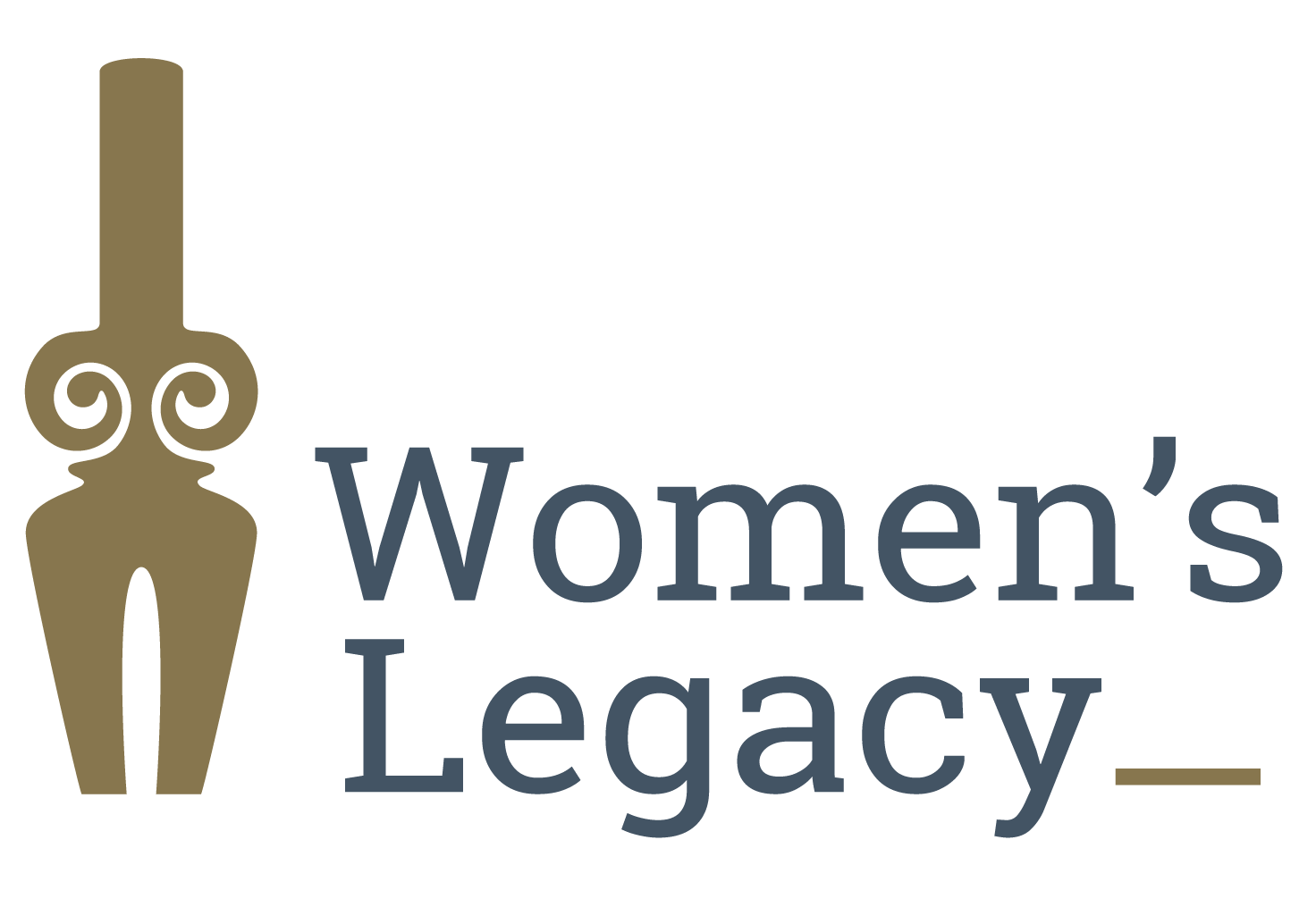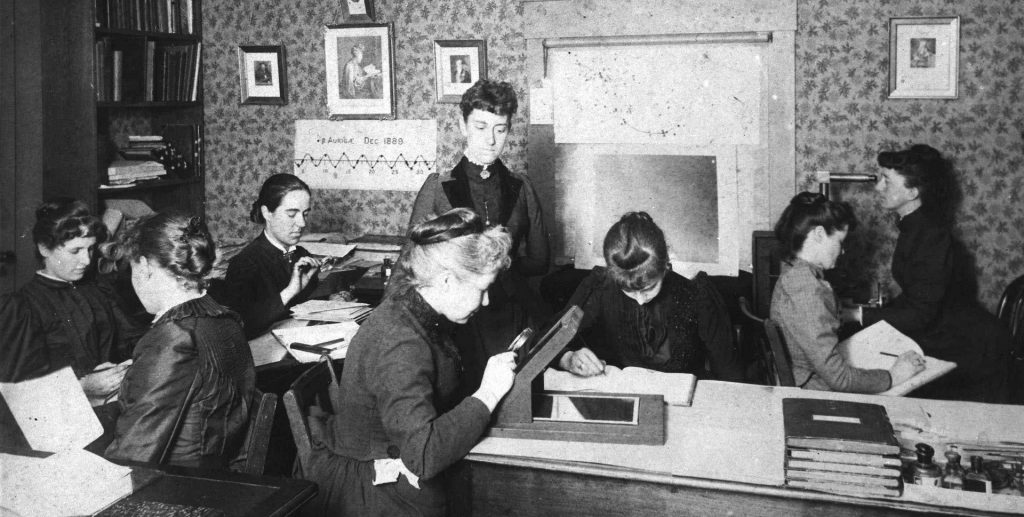“It’s been difficult for us to choose the women on the web and, finally, we have not been able to pick less than ten,” explains Ana López-Navajas, coordinator of Women’s Legacy. In fact, this decision has taken time, since the web has been conceived as the project itself: with the desire that we all have a place and we all feel represented. According to Ana’s words: “For this reason, we have put references including all eras, from prehistory to the present, as well as all the countries where our members are from and all the disciplines that the groups work are addressing to generate materials. That is to say: writers, thinkers, artists, scientists, musicians… ”.
Many women have made history and, for that reason, selecting just a few of them for this website has not been an easy exercise. However, we’d like to introduce you to the protagonists of the banner that appears on our home page:
1. – Hands of prehistoric women in the caves as proof of the first traces of female artists.
2. – Egyptian musics and dancers, another example of the musical and dance practice of women since ancient times.
3. – Aspasia de Mileto, thinker of the classical Greece who was Socrates’ teacher, as he himself recognized, and a great and influential figure of the golden age of Athens.
4. – Christine de Pizan, with whom begins “The women question”, the great movement of vindication of feminine dignity that takes place throughout the Modern Age.
5. – Isabel de Villena, a Valencian classic writer who was a main figure in “The women question”.
6. – Sofonisba Anguissola, considered the first successful painter in the Renaissance, she had a strong conscience of authorship and belonged to the court of Felipe II, of whom she made the best-known portrait of her.
7. – Mina Fleming, a Scottish astronomer who, in collaboration with the Harvard Computers, made great advances in this field, although they were barely recognized at that time.
8. – Emilia Pardo Bazán, a leading Spanish writer of the late nineteenth century.
9. – Female Soviet soldiers in World War I.
10. – A group of female tobacco workers or cigar makers, who were the pioneers of the labor movement in Spain.
11. – Emma Goldman, influential Lithuanian activist and thinker.
We insist on the idea that this is only a small sample of the many women who should be recognized by society. This is precisely the goal of the resource bank, catalogs and training courses that the Women’s Legacy team is preparing. Soon, all this will be available for free on this same website where all these women welcome you.
We take this opportunity to highlight that the launch of the Women’s Legacy website comprehends the work of many people and entities. Specifically, this work has been coordinated by our colleague Mireia Capsir, from the University of Valencia, and the design has been entrusted to the Joanrojeski studio, led by Rosa Reig. Likewise, the Conselleria d’Eduació has made a firm commitment to multilingualism, which is why the website has been developed in the five languages that the project partners speak.


